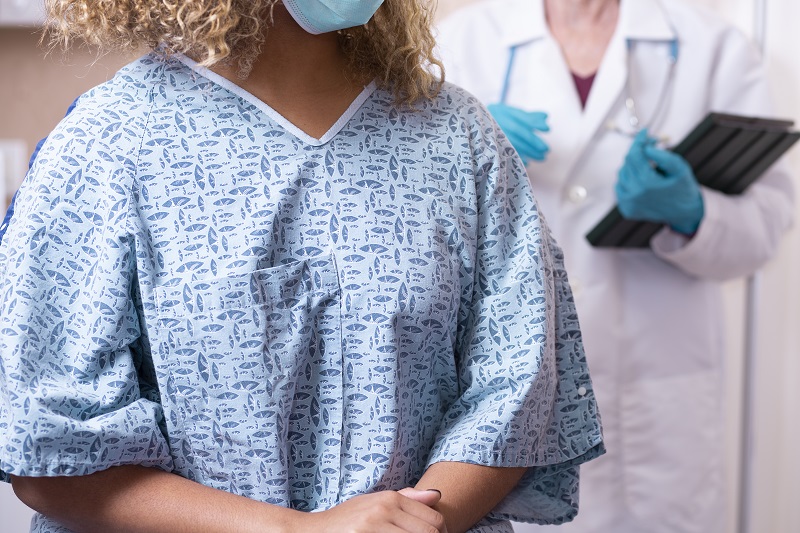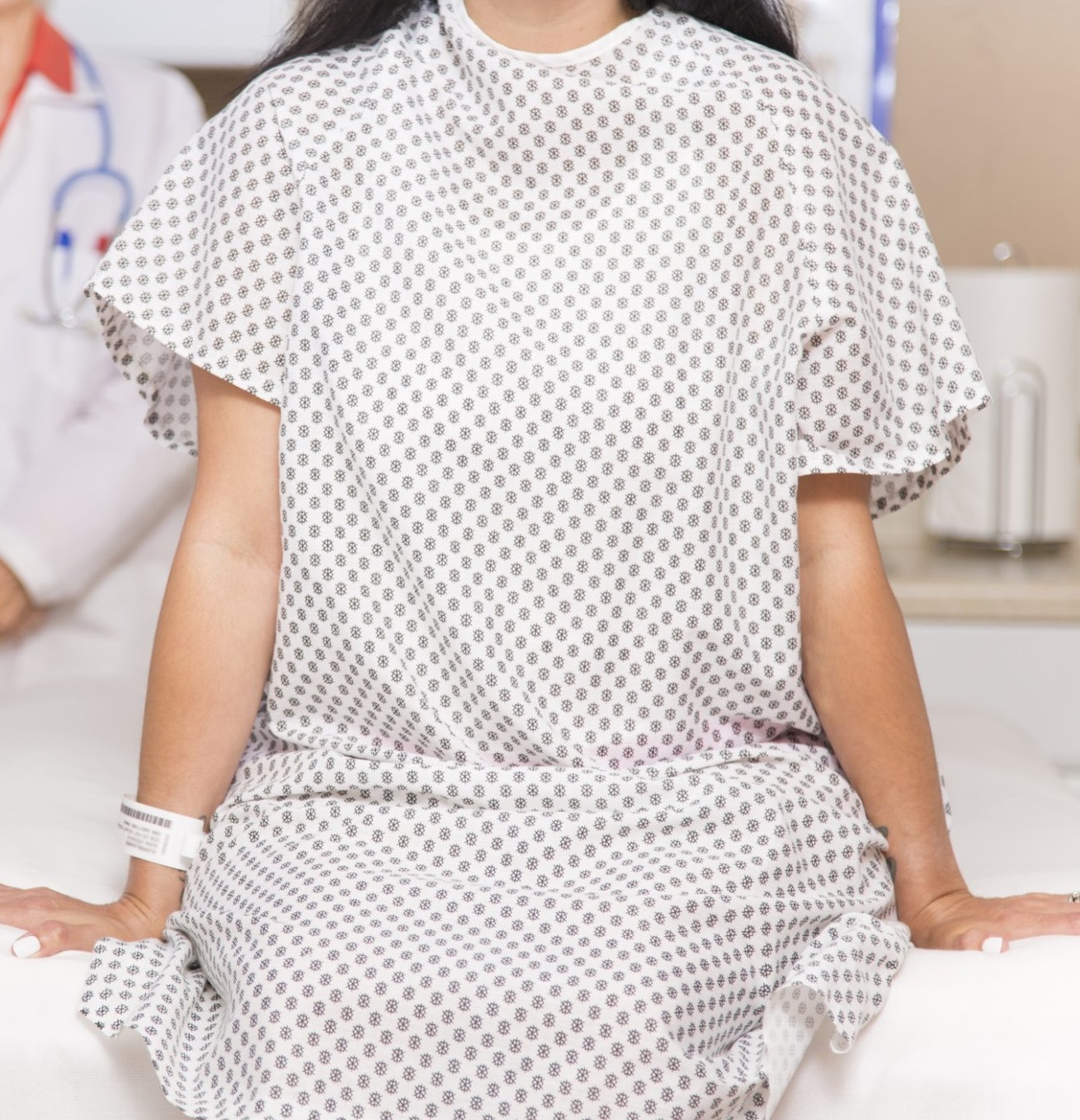7 Tips to Prepare for Your First Mammogram

August 15, 2022
If you’re preparing for your first mammogram, it’s normal to feel a little anxious about the process. Ann Chuang, M.D., a breast surgeon in Montclair at Mountainside Medical Center, offers seven tips to make the process smooth and put your mind at ease.
How Should I Prepare for My First Mammogram?
- Choose a Location Convenient for You. Mammograms are typically performed annually —depending on age— so choose a location that you can easily visit year after year. “It’s also important to select a facility that specializes in mammography imaging, that is knowledgeable and that you are comfortable frequenting,” Dr. Chuang says.
- Schedule Around Your Period. Breasts are most tender the week before and the week of your period. So for maximum comfort, schedule your mammogram for the week or two after your period.
- Don’t Wear Deodorant or Moisturizers. On the day of your scheduled mammogram, avoid wearing any deodorant, lotion, perfumes or creams under your arms and near your breasts. “Moisturizers can make your skin slippery, which makes it challenging for the mammographer to produce quality images,” Dr. Chuang says. Particles in deodorant can also mimic the appearance of calcifications on a mammogram, which can impact your results.
- Dress for the Occasion. Wear pants, shorts or a skirt to your appointment instead of a dress since you’ll need to be undressed from the waist up.
- Ease Discomfort. If you are experiencing pain and discomfort prior to your appointment, it’s usually OK to take over-the-counter pain medication before your scheduled mammogram. Just be sure to check with your health care provider first.
- Wear comfortable shoes. You will be standing for your mammogram and may be asked to lean forward or backward for best positioning. High heels may throw you off balance, so be sure to wear comfortable flat shoes, sneakers or low heels.
- Plan Accordingly. Typically mammograms take about 30 minutes to complete, and you typically won't get your results while at your appointment. If you are scheduled for a diagnostic exam, this may require more of your time during and post examination, because there is an acute concern, your images will need the approval of the radiologist before you are released.
When Should You be Screened?
Breast cancer screening should begin by age 40, or sooner for if your family or medical history suggests increased risk. Speak with your doctor about when you should start screening.
What’s the Difference Between Screening and Diagnostic Mammography?
A routine screening means that at the time of your exam, you have no visible signs or symptoms influencing your results or the need for special attention–– your mammogram was scheduled as a wellness check or preventive exam.
If you have a symptom of concern—for example, continuous pain, abnormal lump or the presence of discharge—a diagnostic mammogram will be needed. Diagnostic exams are more detailed and typically take longer.
Next Steps & Resources:
- Meet our source: Ann Chuang, M.D. To make an appointment with Dr. Chuang, call 888-973-4MSH (4674) or visit our website.
- To find a breast surgeon near you, call 800-822-8905 or visit our website.
- Schedule a mammogram near you today
The material provided through HealthU is intended to be used as general information only and should not replace the advice of your physician. Always consult your physician for individual care.
Find a doctor near me
Are Mammograms Painful?

Mammogram pain? Learn what to expect & how to minimize discomfort. Doctors Starr and Won share advice. Schedule your mammogram today.
Which Breast Cancer Screening Technology is Right For You?

Breast cancer is more treatable than ever, but misconceptions can lead women to delay testing necessary to catch it in its earliest phases.
Find a doctor near me

How to Prep For Your Next Mammogram
Learn how to prepare for a mammogram and what to expect during the procedure. Get tips on what to wear, when to schedule your appointment and more.

What’s That Lump? Identifying Cysts, Lipomas and More
Here’s a quick guide to the different types of lumps and what you should know about them.

Can Lipstick Cause Breast Cancer?
Can Lipstick Cause Breast Cancer? Learn about potential risks from parabens and phthalates in cosmetics. Reduce your risk with expert advice from Drs. Armour, Borofsky, and Graham. Call 800-822-8905.

Incontinence in Women: How to Find Relief
Urinary incontinence is common, and there are many effective treatments to help relieve this condition.
